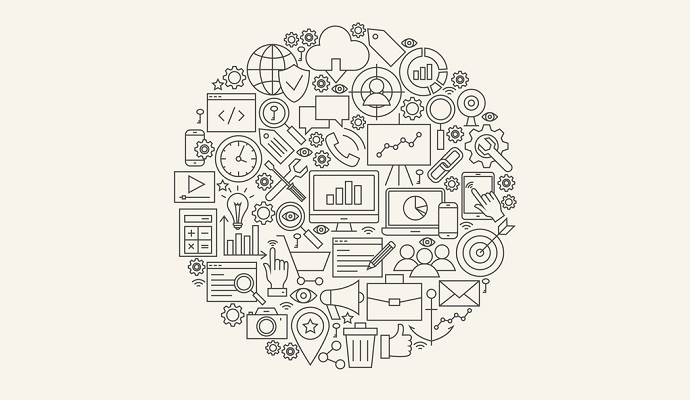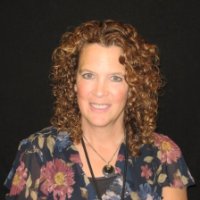The Multiple Benefits of Remote Monitoring and Telehealth

By adopting remote monitoring and telehealth technology, clinics can improve patient health and organizational finances.
- In the healthcare landscape, keeping patients out of the hospital had become just as important as treating them if they arrive. One of the major ways that this is accomplished is through the use of remote monitoring and telemedicine technology.

Recently, RevCycleIntelligence.com interviewed Denise Buxbaum, the manager of the nationally recognized Heart Failure Program at Essentia Health St. Mary’s-Heart & Vascular Center in Duluth, Minnesota. She spoke about how remote monitoring and telehealth have improved overall patient health, meet current Accountable Care demands and offered a behind the scenes peek at her presentation for the 3rd Annual Leadership Summit on Telemedicine and Remote Patient Monitoring Strategies, which be held January 28-29 in Atlanta.
The Heart Failure Program at Essentia Health St. Mary’s-Heart & Vascular Center started in 1998 and according to Buxbaum, has been using remote monitoring right from the beginning. Both the clinic and the technology has grown significantly since then. Now, the clinic is partnered with Cardiocom to offer the Telescale – a home telemonitoring system that provides instant feedback for the patient and clinic.
For the clinic, there is a set of parameters that need to be met before a patient is given a scale. The clinic has an estimated 2,300 patients but only about 300 of them have the remote monitoring technology.
“Anyone that comes to our clinic is taught how to monitor themselves. What symptoms to call and watch for, what medications to take,” Buxbaum said. “But if we can see that someone may not be able to take care of themselves, by weighing themselves individually and calling us at appropriate times or if they are at a high risk of readmission, then we get them a scale so we can keep a closer eye on them.”
Other factors that are taken into consideration are include the number of readmissions, if any, in a given time frame, a patient’s social support structure and how far a patient lives from the hospital and their ability to get there for treatment. In many cases, it is the “sickest of the sick” that are on the top of the list.
Once a scale is set up in the home, patients record their weight once a day. That information is transferred, either through the phone line or wirelessly, to the server where monitoring nurses are able to record it in real-time. If needed a followup call is made immediately to the provider or patient for further assessment. In many instances, the use of the scale is only temporary and when these high risk patients are no longer deemed “high risk,” they are returned and offered to a different patient.
If there are any technical issues, Cardiocom takes point to rectify them. To ensure that the clinic has the most updated technology, which can evolve quickly, it leases the scales from Cardiocom.
Benefits of remote monitoring
The benefits of remote monitoring come in two different ways. The first is for the patient health. According to Buxbaum, Over the last 12 months, of the 2,300 patients, only 206 have been admitted for heart failure. Of those 206, there were only 32 readmissions (it could be the same patient more than once) and only 10 had 30-day readmission for heart failure.
“Patients do better because we are keeping a closer eye on them and preventing them from being readmitted because we are able to get real time results,” Buxbaum said. “If they are in trouble, we are calling them right then and there for an assessment, checking on their symptoms, their weight, their diet and right away we can go over it with their provider and get back to the patient, usually within an hour.”
The other benefits come from the financial side that the clinic and hospital are experiencing. Buxbaum said that without limiting readmissions of heart failure patients, the clinic would be under financial restraints. By keeping high risk patients out of the hospital, the clinic is saving money.
Buxbaum said that the facility recently become part of an Accountable Care Organization (ACO), and the use of telemonitoring provides additional benefits. This has opened the door for increased reimbursement because of improved care and controlling costs metrics.
“Before all we got was a lack of reimbursement because we were not having hospitalization and ER business and of course we were not getting a fee-for-service in a fee-for-service world,” Buxbaum said.
She added that one of the major factors in the creating the ACO contract was the fact that the heart failure program has been so successful. Furthermore, other departments in the hospital that deal with chronic diseases have taken their model and implemented it.
Where is remote monitoring is going?
With the clear benefits that come with the use of remote monitoring, it begs the question, “why not give it to everyone?” Buxbaum said that this is something she deals with frequently and believes that giving everyone a scale is not the way to go.
“While I think we would give them to a few more patients, I don’t think everyone needs one,” Buxbaum said. “Our program is about much more than just remote monitoring. Patients get a lot of education, just because they do not have a scale does not mean nurse are not calling them and doing care coordination.”
She also added that clinics need to be “fiscally responsible with their resources.” Giving everyone a scale means clinics need to spend more resources on scales as well as on nurses to monitor all of them. if the data was to come in and sit until the end of the day, or for a few days, it does nothing to help high risk patients.
